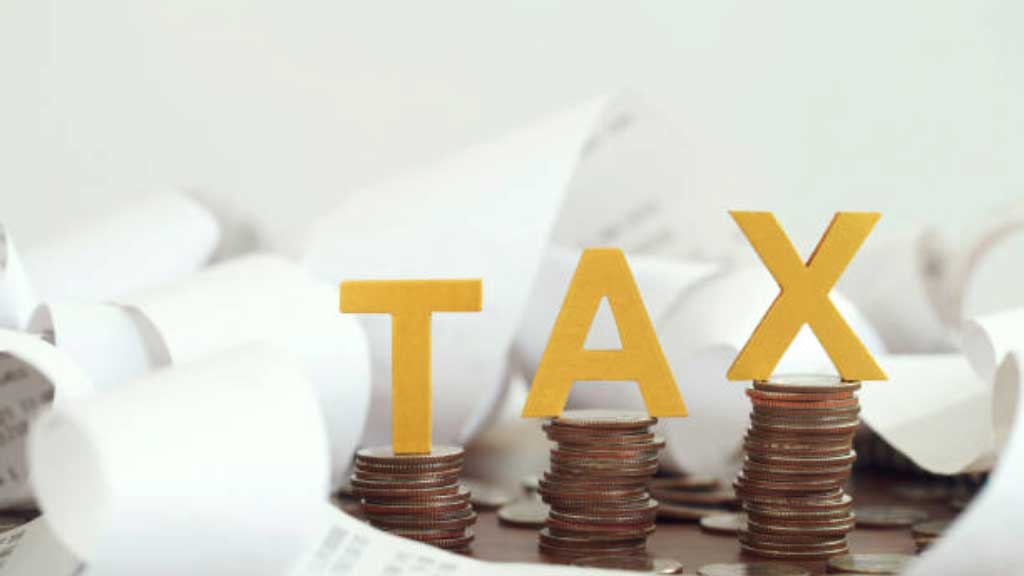It is the amount of money you can earn before having to register for VAT before the VAT threshold applies.
Whenever your turnover exceeds, or will exceed, the VAT thresholds, you must register for Value-Added Tax (VAT). Depending on your turnover over the past 12 months, you may be subject to thresholds.
Also, read How to Calculate VAT Inclusive?
Distance sales of goods and electronic services cross-border are determined by your turnover in a calendar year for intra-Community sales.
VAT registration is required if you:
- Within the next 30 days, your VAT-taxable turnover will exceed the VAT registration threshold;
- Your earnings over a 12-month period exceed the VAT threshold
You can check regularly whether your VAT taxable turnover for the last 12 months has crossed the current VAT registration threshold by checking your VAT taxable turnover for the last 12 months.
Also, read How to Calculate VAT Exclusive in Maths Literacy?
What is the current VAT registration threshold?
The VAT threshold of £85,000 must be crossed within 30 days if your annual VAT taxable turnover exceeds that amount. Registration must be completed within 30 days. Rather than the date when your turnover went over the threshold, your effective date of registration is the date when you realised.

As of 2021, the UK VAT registration threshold will be £85,000, with the latest thresholds as follows:
- 2014-2015: £81,000
- 2015-2016: £82,000
- 2016-2017: £83,000
- 2017-2021: £85,000
The threshold for VAT registration increases every year, and the threshold is usually set on a yearly basis.
VAT thresholds were extended in 2017, however. The 2017-2018 VAT threshold (£85,000) will remain in effect until April 2022, which is the end of the current tax year.
Also, read How to Calculate VAT Exclusive?
Once I reach the VAT threshold, what happens?
HMRC has 30 days to register you for VAT if your taxable turnover crosses the current threshold.
After completing the VAT registration process, your company will be responsible for:
- Selling goods and services to customers and charging VAT
- Your business must pay VAT on goods and services it purchases
- Filling out VAT returns and submitting them to HMRC
- Maintaining VAT records and accounts
Also, read What is the Difference Between VAT Inclusive and VAT Exclusive?
How do I handle temporary VAT overages?
Your business may not need to register for VAT if its taxable turnover exceeds the VAT threshold for a short period of time. Alternatively, you can apply for an ‘exception’ to registration.

As long as your taxable sales remain below the VAT deregistration threshold over the next year, you can prove to HMRC that you are temporarily over the VAT threshold.
You can, for instance, demonstrate that you are only going to sell £82,000 worth of goods between January 1st and December 31st, 2021, if, for instance, you sell £87,000 worth of products between January 1st and December 31st, 2020.
In this case, HMRC can grant you an exemption from the registration requirement because you are only temporarily over the VAT threshold.
Also, read VAT Inclusive Meaning
VAT deregistration threshold
VAT registration is mandatory for companies with a turnover above the registration threshold, but VAT deregistration is voluntary for companies with a turnover under the registration threshold.
The turnover threshold for VAT deregistration is currently £83,000. If you wish to cancel your VAT registration, however, your turnover must be below that threshold.
The VAT registration of companies joining VAT groups and businesses that cease operations must be canceled, even if their turnover exceeds the threshold for VAT deregistration.
Also, read What is the VAT Flat Rate Scheme?
Accounting schemes and VAT thresholds
Participating businesses can manage their VAT through a variety of VAT accounting schemes. There are specific VAT thresholds for each of these schemes.

There is a slight difference between the VAT threshold for accounting schemes and the VAT registration threshold. The VAT registration threshold requires businesses to register for VAT once a certain amount of taxable turnover has been reached, whereas VAT accounting schemes are optional, and the thresholds for each scheme specify how much a company needs to earn for membership.
Thresholds for flat rate VAT schemes
A VAT Flat Rate Scheme is a method of paying VAT where businesses pay a fixed amount to HMRC.
The taxable turnover of your business must be less than £150,000 in order to join the VAT Flat Rate Scheme. When your turnover exceeds the compulsory deregistration threshold of £230,000, you must leave the Flat Rate Scheme.
The threshold for VAT Cash Accounting Scheme
Unlike traditional accounting methods, VAT Cash Accounting Scheme tracks and pays VAT when money changes hands, not when an invoice is sent or received.
It is required that you have a VAT taxable turnover of £1.35 million or less to join the VAT Cash Accounting Scheme. When your taxable turnover reaches £1.6 million, you must deregister from the scheme.
VAT threshold under the Annual Accounting Scheme
The Annual Accounting VAT Scheme requires businesses to submit one VAT Return every year and to pay their VAT bill in advance.
The scheme is open to companies with taxable turnover of up to £1.35 million. If a company’s turnover crosses the deregistration threshold of £1.6 million, it must leave the Annual Accounting VAT Scheme.
Also, read How to register for VAT?
Frequently asked questions about the VAT threshold
Is it possible to deregister for VAT?
The deregistration threshold for VAT is £85,000. If your turnover falls below this level, then you may deregister for VAT. In addition, if you stop trading or become a VAT group member, you must also deregister, regardless of your turnover.
How does the VAT threshold affect me if I temporarily exceed it?
There is a possibility that you will temporarily exceed the VAT threshold, but will quickly fall well below it. An ‘exception’ to registration may be available in this situation. The way to do this, however, is to prove to HMRC that, despite your taxable income from sales continuing to fall below the VAT deregistration threshold at the end of the next year, you are entitled to VAT deregistration.
Also, read How to check a company VAT number?
